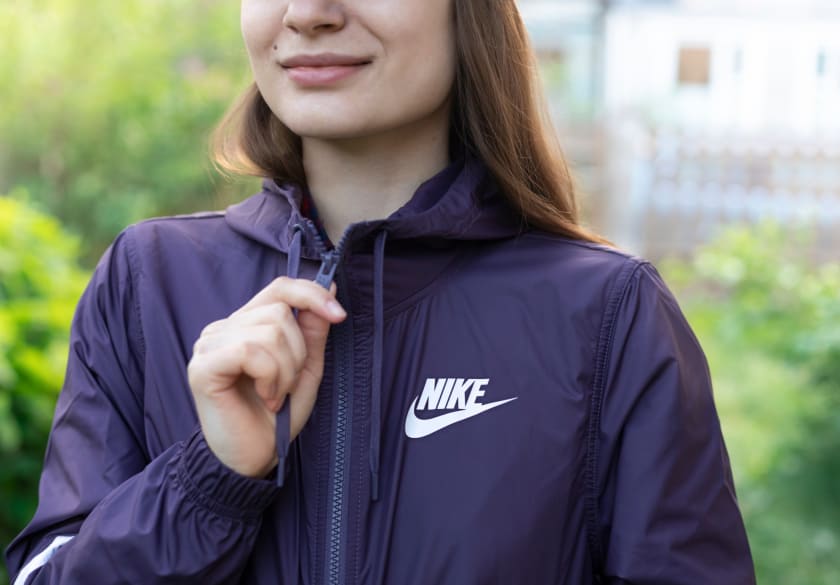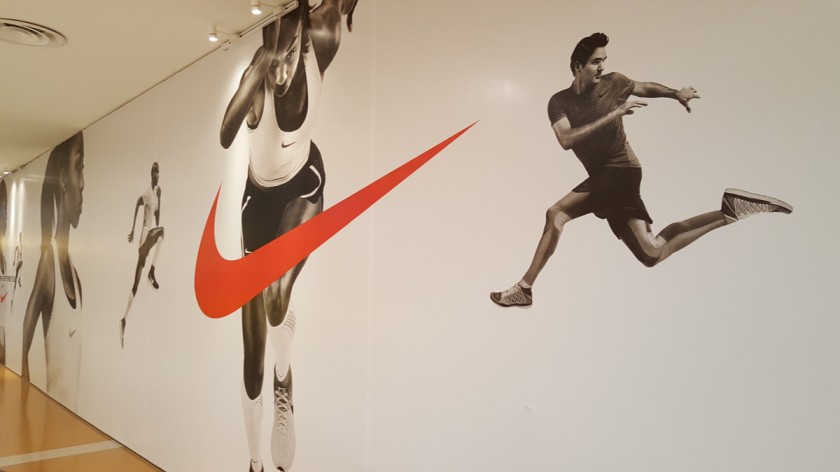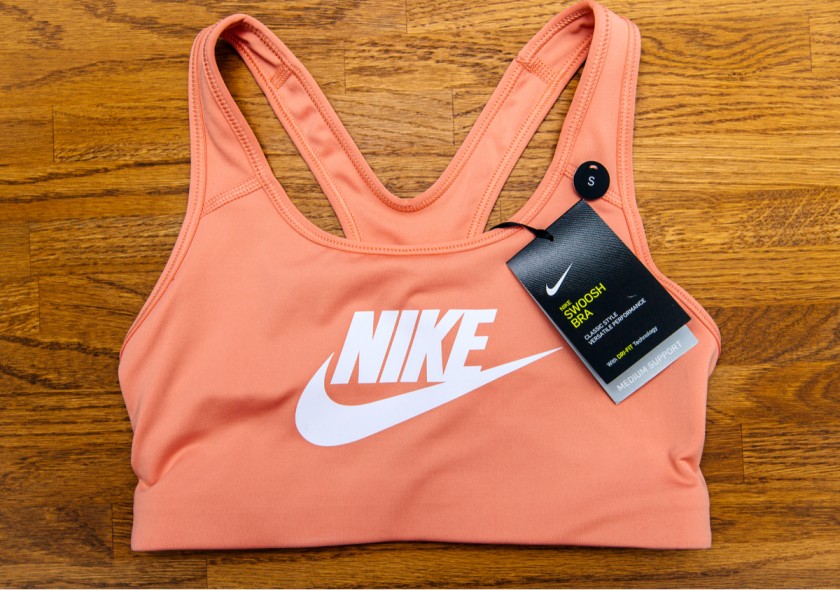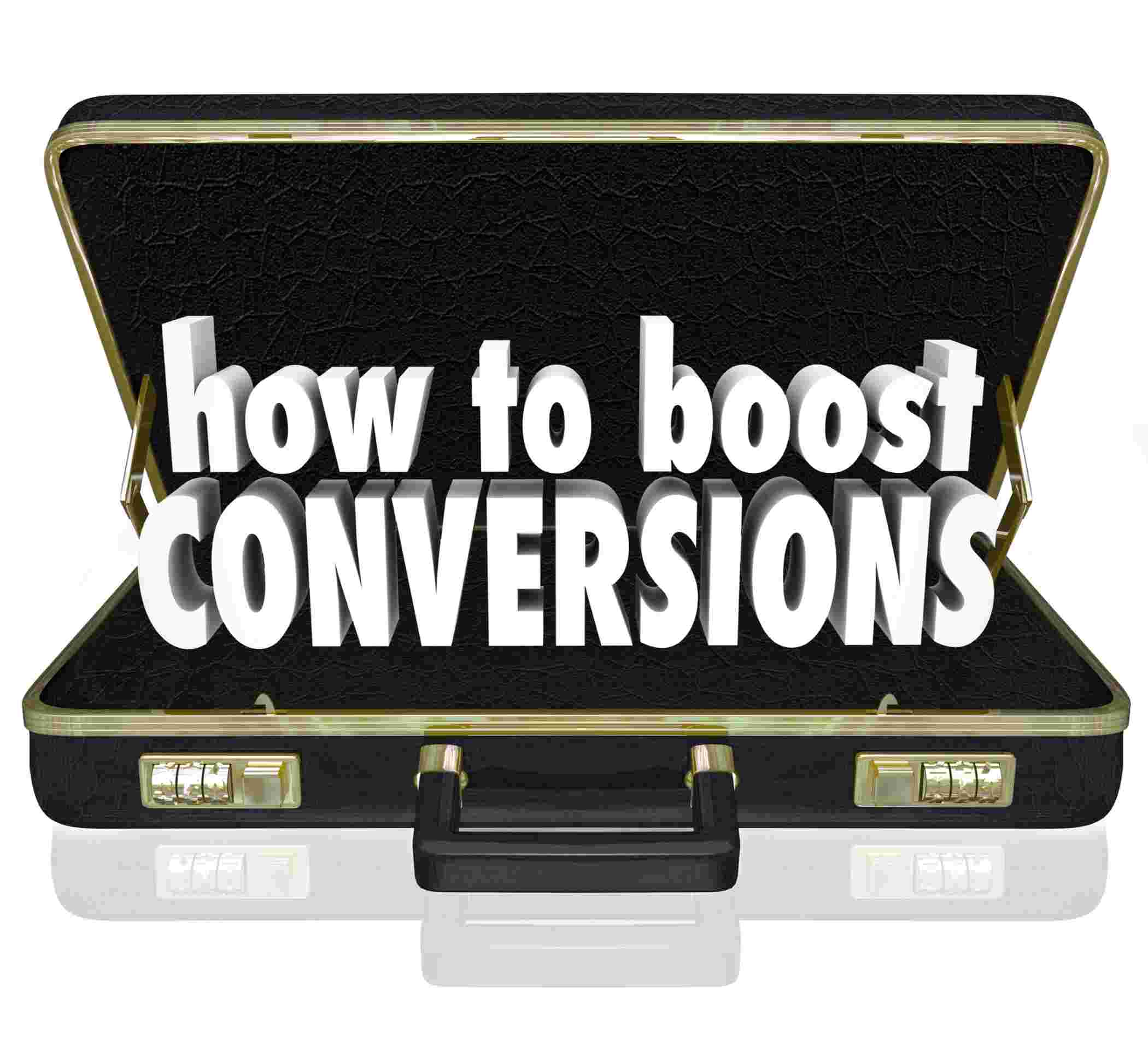How Nike Conquered the global sports apparel market with their marketing campaign



The top 4 sports brands in the world today are Nike, Adidas, Puma, and Underarmour. Nike, on average, spent $100 on marketing every second in 2014, which is equal to the sales of Underarmour in 2013. This sets a precedent that Nike is a brand that sells to people and focuses on Nike clothing getting the best sales.
The Anatomy of Nike
Nike has an inherent intent of being the best. During the 60s, Nike founder Phil Knight, envisioned the outsourcing of Japanese shoes to the American market. Phil himself, once a competitive runner, sent the shoes to his former coach Bill Bowerman. Bowerman loved the shoes; he not only ordered more, he also joined Nike (then called Blue Ribbon Sports) as a co-founder. The brand then hired running athletes to sell their running shoes to athletes. By this strategy, they were soon hiring champions who exclusively wore Nike footwear.
All of this led to the 1996 Atlanta Olympics where Michael Johnson, a Nike-sponsored athlete, created history by winning gold in the 200m and 400m events. He did so wearing the now famous golden boots. These golden boots were again featured on the cover of TIME along with Michael Johnson himself.
With this, Nike sent shockwaves across every sports fan and even the IOC. The issue with this marketing of Nike was a problem since sports fans thought that Nike was the official sponsor of the 1996 Atlanta Olympics. But the sponsor was Reebok and it had spent hundreds of millions of dollars.
Pushing the Limits

It was an opportunity like this when Nike marketing executives went ahead and set marketing standards which even won praise from Steve Jobs. The 2012 London Olympics advertisement called Find Your Greatness which showed the passion of common people but what set it apart was the fact that the advertisement had been shot in places that are named in London but aren’t the places where the 2012 Olympics was taking place. This made people relate Nike with the Olympics.
However, once again they weren’t the official Olympic sponsors. This was a textbook case of Ambush Marketing as defined by the IOC “A planned attempt by a third party to associate itself with the Olympic games to gain the recognition or benefits of being an Olympic partner”. The only problem was that they hadn’t broken any rules. With marketing like this, there was only one place they had left to work on - the Product.
The Meat of the Brand

The one last strand that made Nike Clothing the go-to option for people is the product itself. Starting in the 70s itself, Bill Bowerman, the co-founder of Nike, used his wife’s waffle maker to make the waffle outsole. That was a blessing in disguise for runners who sprinted on the artificial track.
The running movement that started during the late 70s in the US was spearheaded by Nike - the use of a waffle maker to make shoes and writing books on Jogging. Nike had insight into what people need. Most companies would market their running shoes as a way to run better. However, Nike made a narrative to help people get in shape. This, combined with athletes using Nike boots, made it a no-brainer to buy Nike products for the common user.
Another good instance that showcases Nike’s successful aligning of business and customer interest can be seen in the 2017 restructuring of the company where the focus was on selling by focusing on the customer. Nike’s website gave a better opportunity for Nike to transition to also include a fashion quotient in their product portfolio.
Also, with the website, Nike no longer has to sell at the wholesale price. Instead, they can sell directly at the retail price which not only gives better margins but also better capacities for discounts with stars such as Cristiano Ronaldo, Michael Jordan, Tiger Woods.
One takeaway is the fact that Nike has started pushing its women’s section. This, at first, might seem like a social cash-out. However, due to women's empowerment across the globe, the demand for women's sports has been growing which would allow more sales.
Conclusion
In essence, firstly Nike made great products that created a following among athletes. Nike further went on revolutionizing the sports industry by sponsoring athletes. Once they had the players' base ready they went all-in on marketing, creating ads that won the Emmy awards on two separate advertisements.
Nike finally changed gears and went after the apparel due to their emotion-based marketing and innovative products which made them the market leaders ahead of giants such as Puma and Adidas.To grab the best deals on apparel manufacturing for any business check out the official website of Fashinza.



















